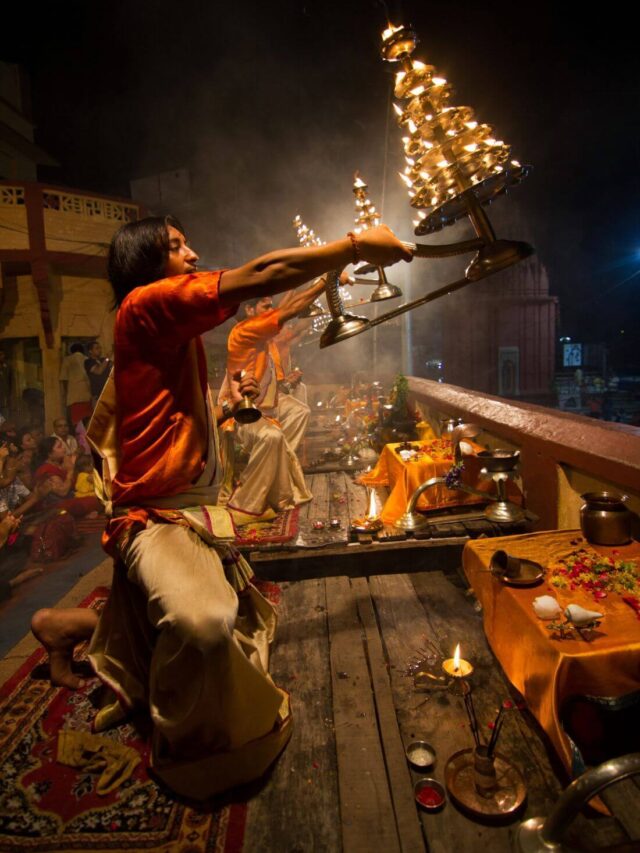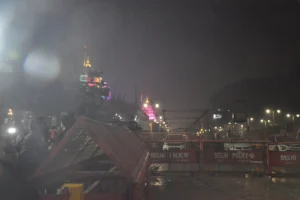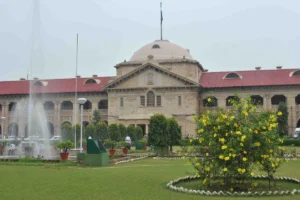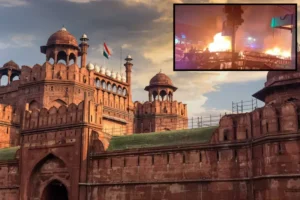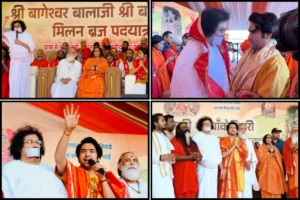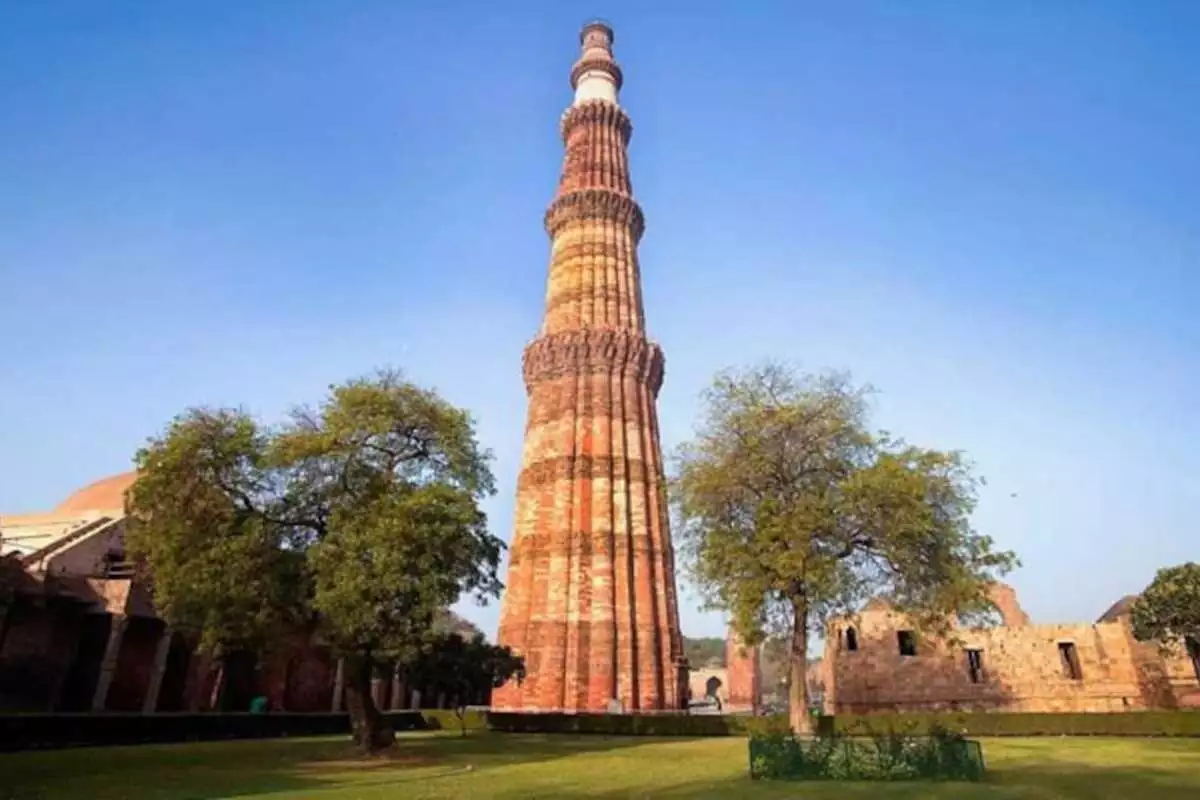
Delhi High Court directs ASI to Bring 109 year old record
The Delhi High Court on Thursday requested whatever records the Archaeological Survey of India (ASI) may have about a January 1914 notification relating to the Mughal Mosque beside Qutub Minar. On Thursday, the Delhi High Court asked the Archaeological Survey of India (ASI) for any documents it might have about a January 1914 notification pertaining to the Mughal Mosque next to the Qutub Minar.
The court has asked ASI to clarify the policies regarding “In all protected monuments all over the country no worship is permitted” on which the ASI counsel responded to seek instructions.
The order by Justice Jalan
The order by Justice Prateek Jalan came during a hearing on a plea against prayers inside the Mughal Masjid located inside the Qutub Minar complex. The mosque is situated as the main entrance to the ASI-enclosed and -protected Qutub complex. Locals refer to the mosque as Mughal Masjid despite the fact that it is unidentified.
Justice Jalan also observed that the issue to be considered is whether the mosque in question is “included under the protected area notification of 1914”, and if so, whether the “consequence” of this is that “permissibility of worship at the mosque is to be prohibited”
Also read; Heavy Rainfall In Mumbai Orange Alert Issued By IMD, Schools Closed In Thane And Palghar
ASI said “Qutub Minar being the Monument of National Importance and also a UNESCO World Heritage Site. Since the time of its protection the monument or any part of the building has not been used for any type of worship by any community. The mosque in question comes within the boundary of Qutub Minar Complex.”
The Archaeological Survey of India (ASI) said that prayers cannot be permitted there since the mosque comes within the boundary of Qutub Minar, It has also cautioned that allowing prayers in the mosque will not only set an example but it may impact other monuments too.
Appearing for the Delhi Waqf Board Advocate Wajeeh Shafique said as per the statutory scheme if “a place of worship is declared as an ancient monument the practices that were there will continue
To read more such news, download Bharat Express news apps












